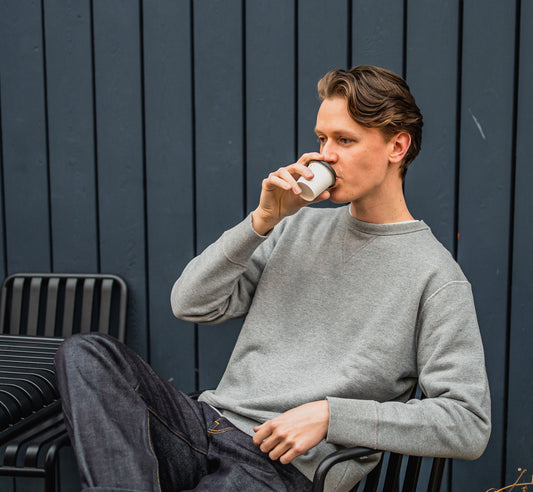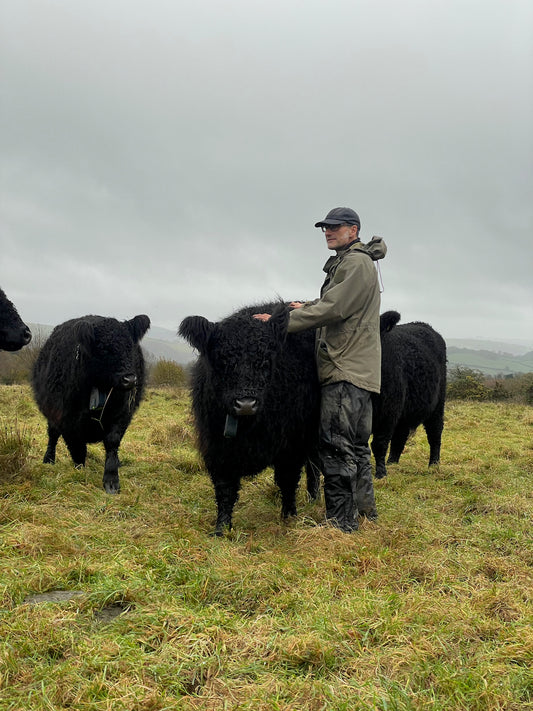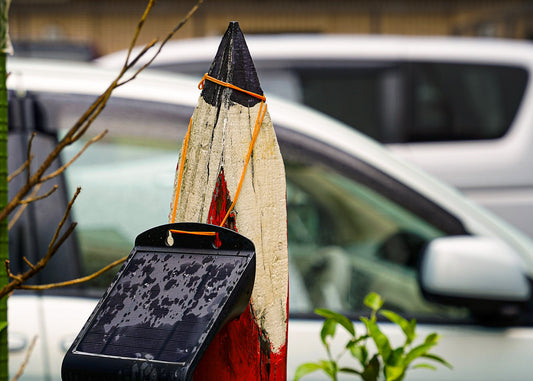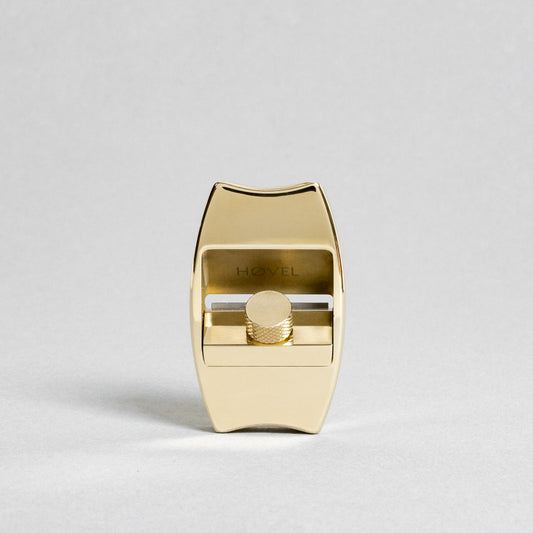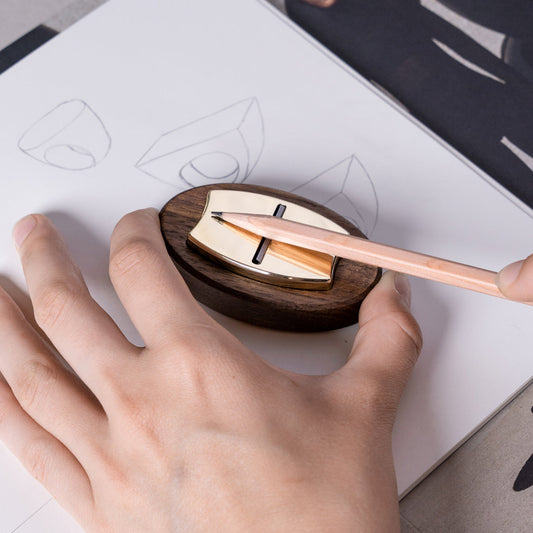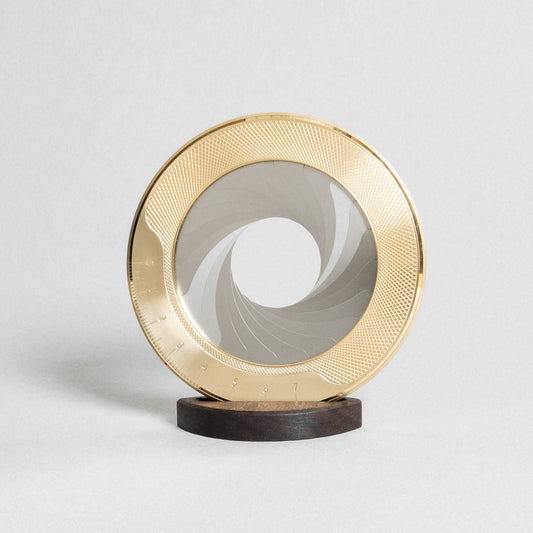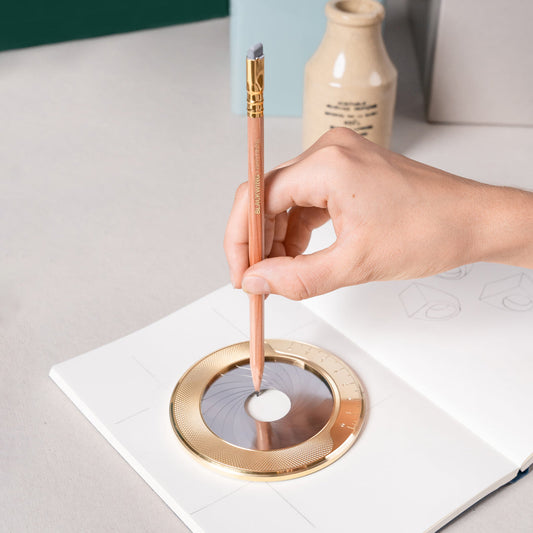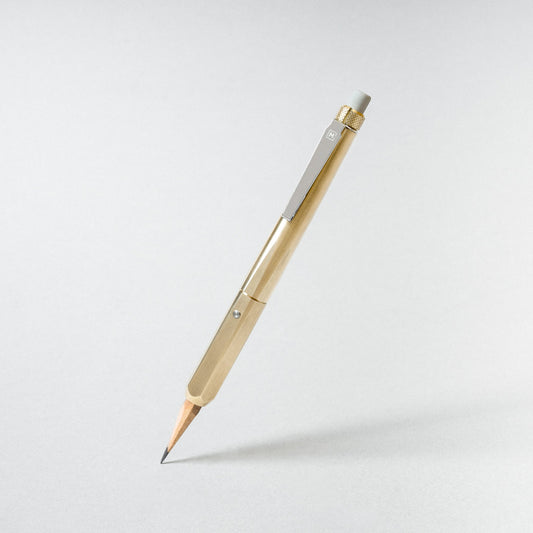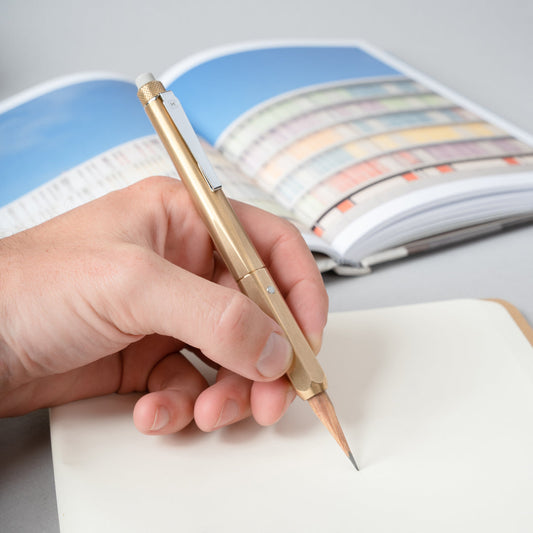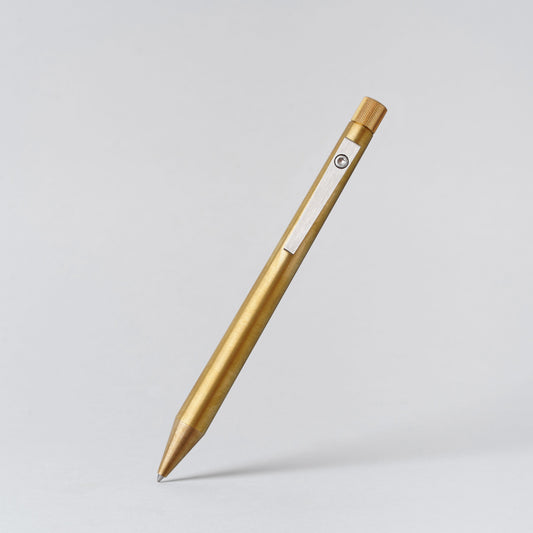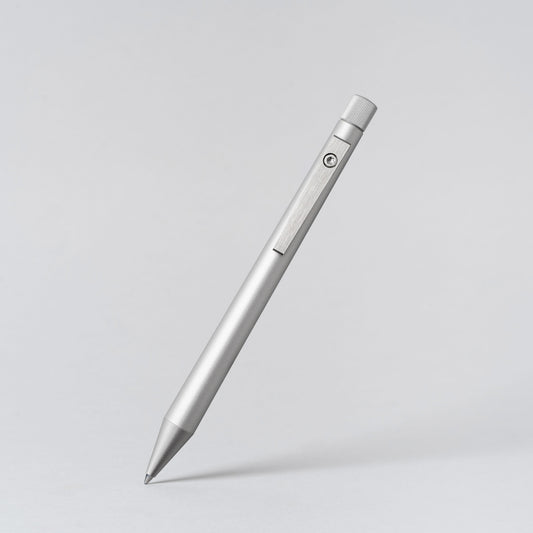
Hector Michalopoulos is a London-based maker who runs Nikos Jewellery with his father. Their intergenerational practice combines traditional techniques and contemporary forms resulting in truly stunning work. Between Hector’s workshop in London and their atelier in Corfu they make beautiful pieces inspired by nature – from earrings that capture the way light dances on water to rings that use experimental processes to capture solid and transitional states of ice. We sat down to chat with Hector to discuss his journey so far as a jeweller, the Greek tradition of jewellery making and how his interest in other crafts influences his practice.
Welcome back to Cabinet Sessions, the interview series where we sit down to chat with designers, artists, and craftspeople we admire, to discuss their work. Follow the conversation here on the Makers Cabinet Journal.
Interview by Sam Stone
How did you get into making jewellery?
I grew up in a really creative house in Greece. My Dad is an artist and jeweller, so I grew up watching him make things. It wasn't just jewellery, there was always a lot of painting and sculpting at home. I was always encouraged to be creative.
I came to England when I was 16 and did an art foundation in Object and Spatial Design. After that, I went to the School of Jewellery in Birmingham. It wasn't just metalworking, they took quite a broad approach to it, so I carried on painting alongside my degree. When I was finishing my degree, I wasn't quite sure what I wanted to do. I think I was quite lucky that there were a lot of things that I enjoyed doing, especially working with my hands.
Why did you decide to study jewellery making?
It seemed like quite a practical thing to do after my foundation. I'd looked at a few different courses... I was thinking about studying fine art, but the layout of the courses put me off slightly. The course in Birmingham focused a lot on core skills, like more classical silversmithing, but they also encouraged people to be quite creative and liberal with their practice. I wanted to explore materials in a bit more depth and learn some more.

Do you remember the first piece of jewellery that you made?
Probably about a year ago I would have given you a different answer. But then, last year, I was clearing through some of my Grandmother's stuff with my Mum and we went through her jewellery box. We found this weird, platted piece of rope I made when I was about seven. I don't remember making it but apparently I made it and gave it to her. It was a little pendant made out of string that vaguely resembled a cross.
Can you tell me a bit more about Nikos jewellery?
My Dad works as an artist and we have a gallery and atelier in Corfu in Greece. It's become a joint practice between us, so I'm just trying to tie both our work together with what I'm doing here in England.
When did you first start working with him?
I've always spent time in his workshop. We’d do woodworking in the workshop as well, making sculptures or bowls. I wasn't particularly good at school, the workshop was always a space where I felt like my skills were better appreciated. That definitely solidified my relationship with making.

How would you describe the style of jewellery you make?
It's contemporary jewellery that's quite process driven. A lot of the inspiration comes from working directly from a natural source. I'll place organic objects in the investment and cast them directly into a precious metal or collect textures from rocks and trees in wax and then resample them in context.
That sounds beautiful, I thought that your work was inspired by a lot of natural shapes, but I didn't realise that they were directly moulded and cast from organic materials.
Yeah, absolutely. It’s nice when it's a piece of bark or a twig that people have chosen themselves. You can invite people into the story of making the piece. It's almost immortalising it in a way. I've got this strange key ring that my Dad made me, of my baby foot in bronze. They took that mould twenty four years ago, and now it's just here in bronze, exactly as it was.
Sometimes the casters aren't too happy about certain things, but if it's a twig or a piece of bark you can just burn it out and it gets replaced by the metal that's going in. It’s amazing to watch.
Have you used anything that's been a mistake or used something that's reacted terribly?
In terms of bad reactions, probably the worst one was when I was getting 3D printed objects, dipping them in wax, and then electroplating them. But because it was hollow, at my final exhibition it started leaking this really toxic poisonous substance and started rusting halfway through the exhibition. It was horrible, I was definitely glad people weren't allowed to try things on.
What's your setup for making jewellery like at the moment?
I make my work in my workshop in Holborn. I've got a space there that I share with one other person, Andy, who's amazing. He's been a stone setter for about 40 years. I did look at some studio spaces and residences but I think having that cross generational sharing of knowledge with older practitioners is super helpful. It makes me be a bit more realistic about what people want as well. I'll sometimes get him to set stones for me, because that's something I'm still working on. Then casting, I get done at a place called AA Fine Castings, in Islington. Lots of Greeks work there, which is nice. I go a couple of times a week, it helps deal with the homesickness.
Is there a strong Greek tradition of jewellery making?
I think there is. Greece is almost like a crossroad between different cultures. There is the obvious influence from when the Byzantines would have been there and they brought amazing chain makers with them. I'm from Corfu and that was part of Italy until fairly recently. So you had all these crafts people coming from Florence, bringing a more contemporary school of jewellers to Greece. It's quite interesting, sometimes when my Dad and Spiros, who works at the workshop, are speaking to each other, they use mostly Italian words.

Are there any particular skills and techniques that you want to develop or get better at in the future?
I'm not a great stone setter but if I could get better at that it'd be quite nice. Sometimes people bring in old jewellery, which they'd like to refresh, but also want to keep the stones because it might have some sentimental value to them. The idea of putting it into a new piece can be quite significant. Precious metals and diamonds capture moments in time in a really weird way so I can definitely see why people would want to do that.
Another skill I want to develop is making my own findings. Findings are the little pieces which might hold a piece together to make it more practical, whether it's a clasp or a fastener. Most people will buy them, but I find when you can see that the clasp has been handmade, it can help continue the fluidity of a piece. Our work is quite fluid anyway so when something obviously isn't part of it, it can break that up a little bit.
How reliant is your practice on analogue tools and how often do you use digital tools?
A lot of our work is process driven and these are things that we've worked on over time, so pretty much everything is still done analogue. But what I've certainly noticed in the past year is that you need to present yourself in a digital context. I think everybody has had to learn to adapt to that. Especially with the Christmas markets being cancelled and makers fairs suddenly having to resort to selling online. It's quite difficult to highlight what you've put into making a piece when all you can show is a photo of an object.

Are there any misconceptions that people have about making jewellery, or bits of your process that people maybe find unexpected?
I think people are surprised by the breadth of practices which fall under the term ‘jewellery’. In some senses, it can be anything which relates to the body. There is such a huge range of practitioners with different skill sets and they don't just work in precious metals. Sometimes they'll incorporate other artforms, even dance into their pieces. There's certainly a crossover between fashion, jewellery and art.
What kind of jewellery making interests you the most? Simple, every day pieces or bigger, more experimental work?
It depends what mood I'm in. It would be amazing to enough clients who appreciate more experimental jewellery and enjoy wearing it. A lot of the time people love the idea of a large piece but don't have the confidence to wear it. Most people will make smaller collections which draw from statement pieces.
I think earrings can be amazing. Not so much in the making of them, but watching people try them on in a mirror. You can see by their reaction, how much they like it or not. it's quite hard to hide when it's changing the way that your face looks. It's amazing when somebody tries on a piece and their face just lights up.
What's the community of jewellery makers like?
When I look back at the people that I studied alongside, it's quite decentralised as opposed to the art community where everybody will move to big cities. I've found a lot of people have stayed in small towns and done great work there. It's always nice to meet another jeweller to talk about the things that annoy you. Everyone's very supportive of each other.

Are there any classic jeweller's gripes that you'll get together and talk about?
Probably people not understanding that a piece of jewellery's value isn't how much the metal costs and how much the stone is worth. There's also the price of the artist fee on top of that, that's always quite a hard one to get across. Especially as the price of gold at the moment has gone so high. You're competing with quite low prices from people who outsource abroad. It's explaining that what they're paying is a very fair price for something that's been made, start to finish in the UK, by independent makers. I think that's something that everyone obviously struggles with.
If you could make a piece of jewellery for one person, who would you want to make it for and why?
Someone who instantly springs to mind, is Erykah Badu. She's amazing and definitely not scared of wearing pieces that are different. She's got really eclectic taste in contemporary jewellery and obviously loves wearing it, she makes it part of her identity. It’s nice when people use something you've made, to define who they are.
I think with adornments in general you pick things for very personal reasons, whether it's connected to your own story or it represents a moment of significance. When people pick jewellery they often feel this inquisitiveness that’s hard to explain. You’ll try a particular piece of jewellery on, the way it fits you just feels right, and you almost feel like you've been chosen by an object.

Do you have any pieces of jewellery that you wear every single day?
I've got a chain that I made with my Dad three years ago that we soldered into place so I literally can't take it off. It's a pain to explain to the security at airports, but I'm not planning to cut it off anytime soon.
If you’re interested in finding out more about Hector’s beautiful handmade jewellery, you can find his work on the Nikos Jewellery’s website and on their Instagram @nikosjewellery.

